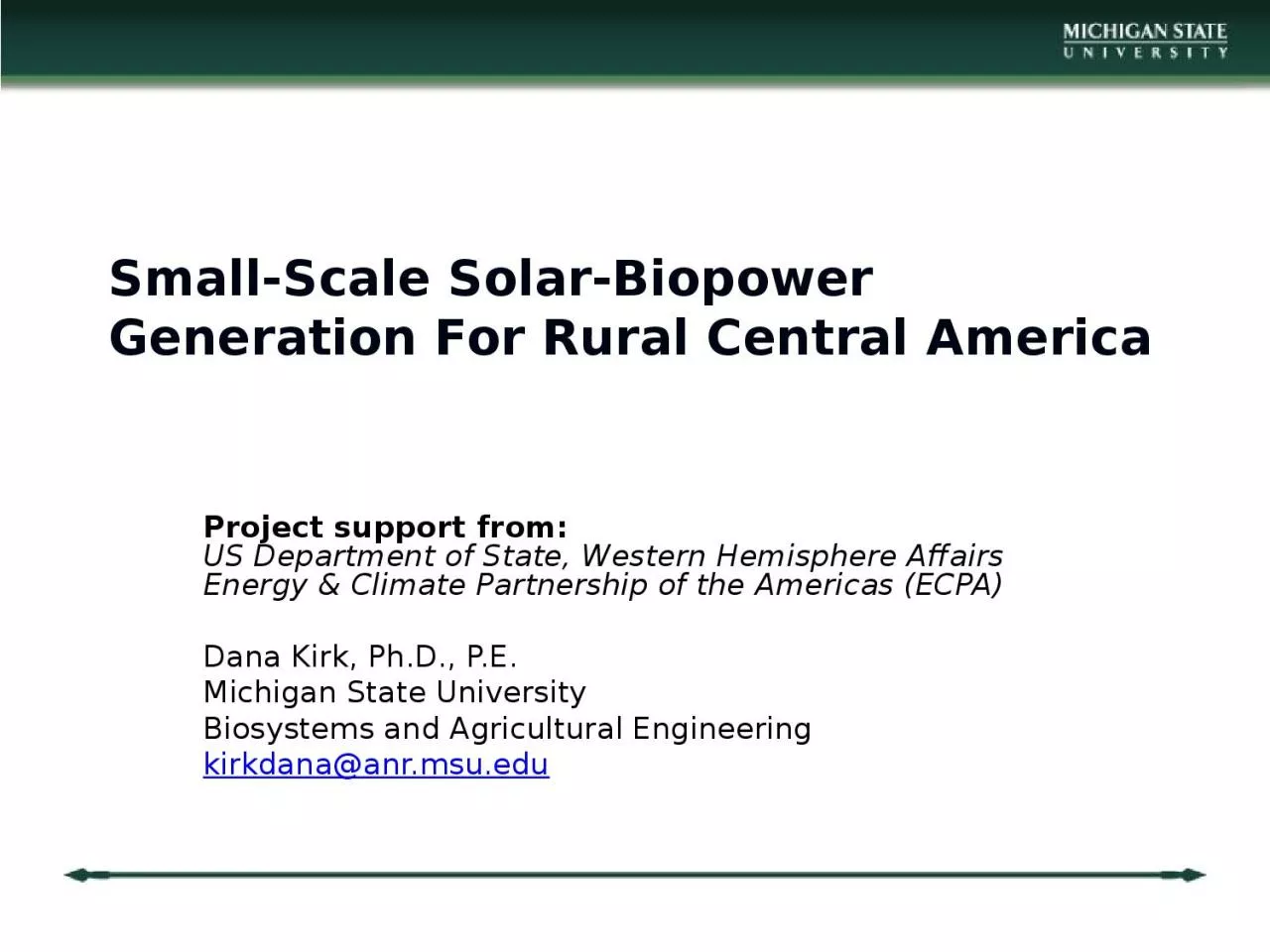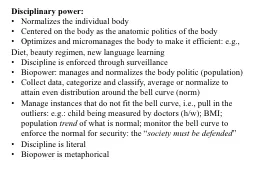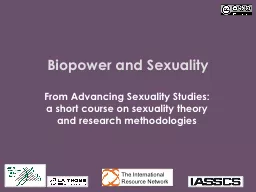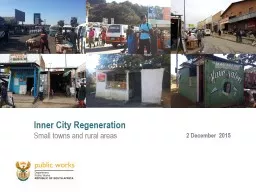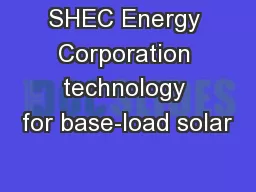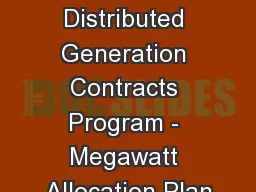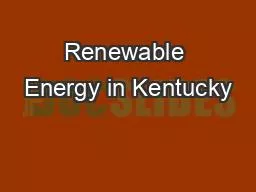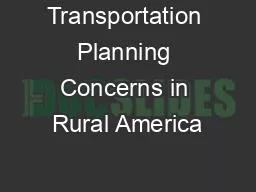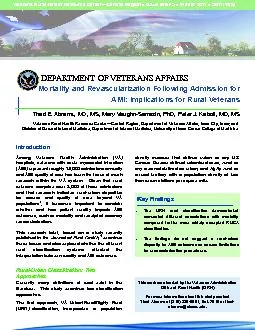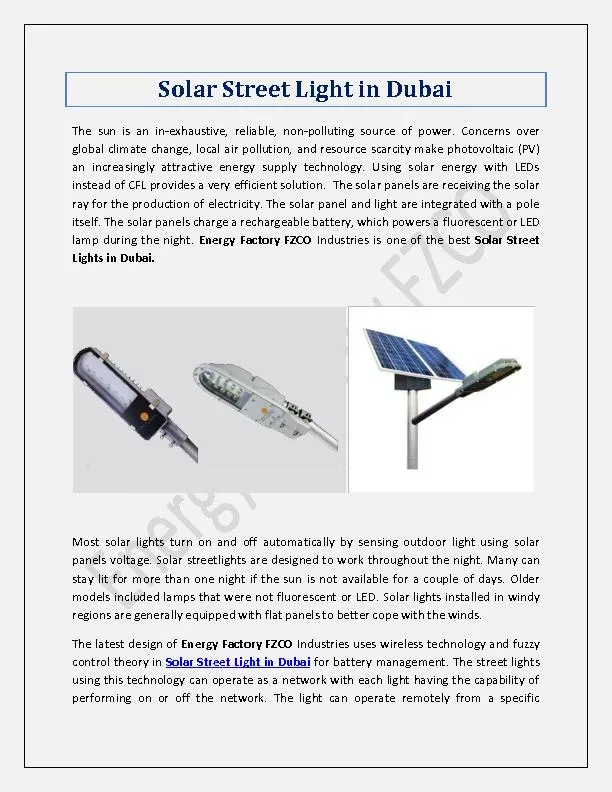PPT-Small-Scale Solar-Biopower Generation For Rural Central America
Author : molly | Published Date : 2023-12-29
Project support from US Department of State Western Hemisphere Affairs Energy amp Climate Partnership of the Americas ECPA Dana Kirk PhD PE Michigan State University
Presentation Embed Code
Download Presentation
Download Presentation The PPT/PDF document "Small-Scale Solar-Biopower Generation F..." is the property of its rightful owner. Permission is granted to download and print the materials on this website for personal, non-commercial use only, and to display it on your personal computer provided you do not modify the materials and that you retain all copyright notices contained in the materials. By downloading content from our website, you accept the terms of this agreement.
Small-Scale Solar-Biopower Generation For Rural Central America: Transcript
Download Rules Of Document
"Small-Scale Solar-Biopower Generation For Rural Central America"The content belongs to its owner. You may download and print it for personal use, without modification, and keep all copyright notices. By downloading, you agree to these terms.
Related Documents

